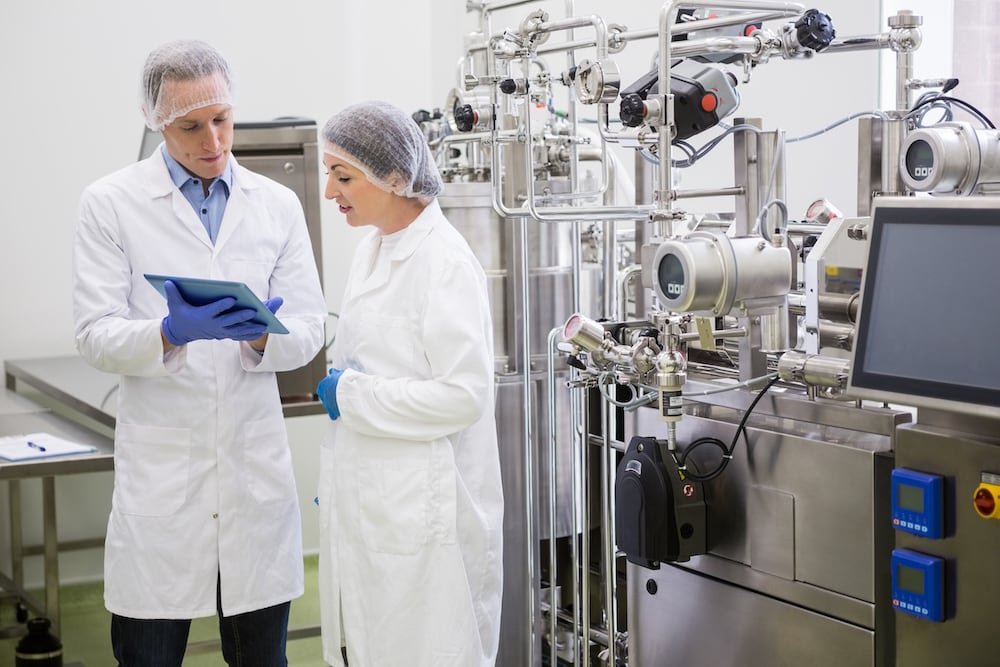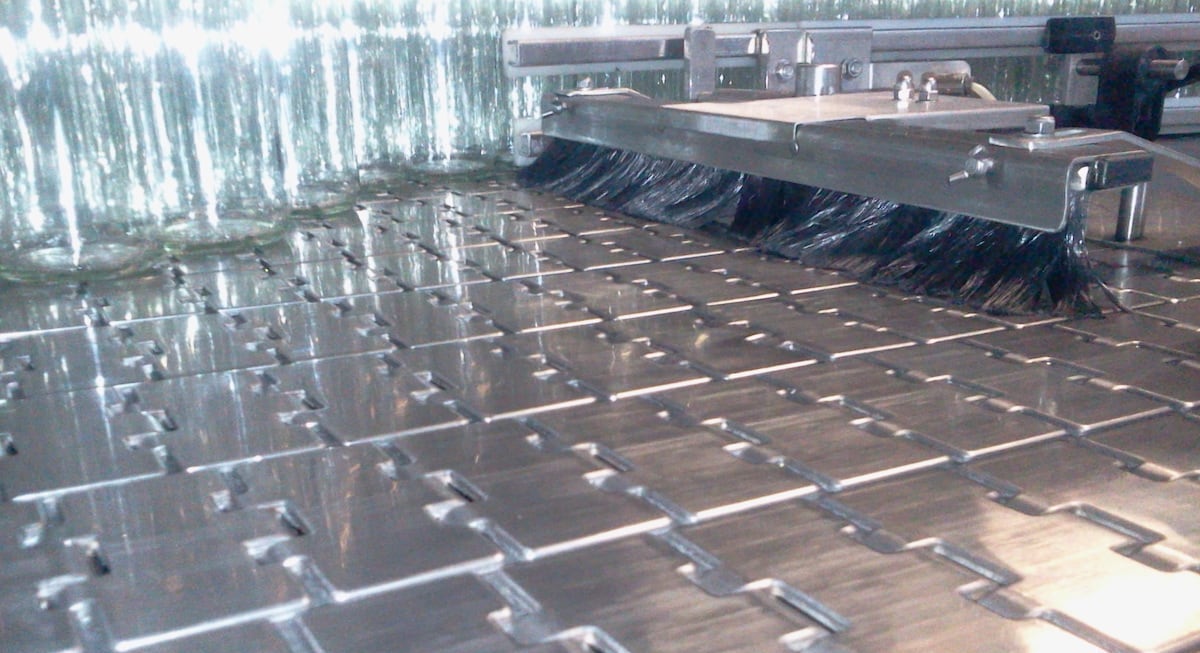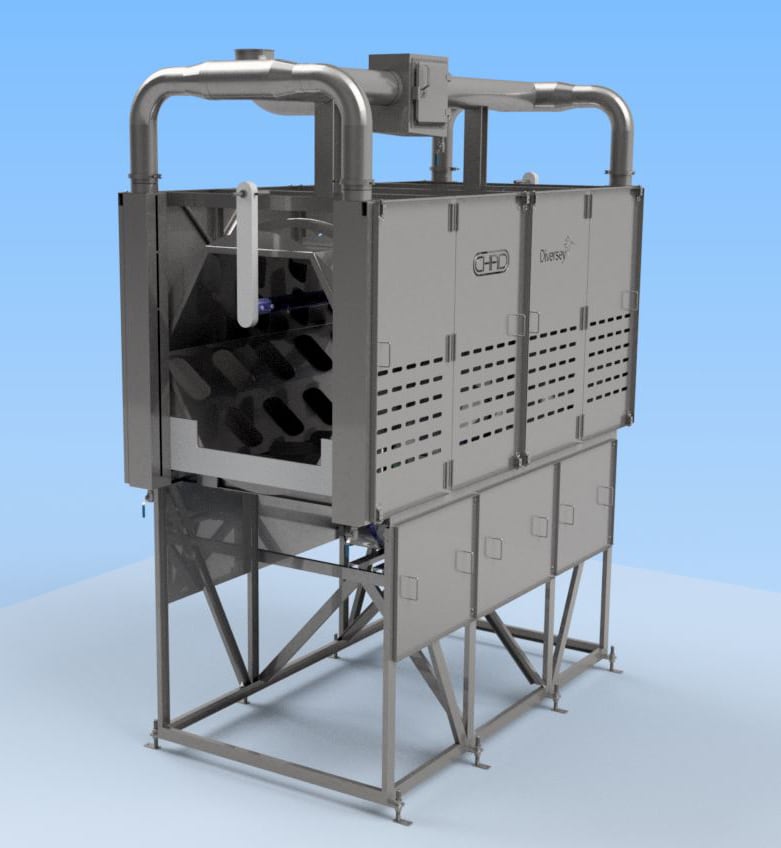An acid is something that dissociates in water to make an H+ cation and an anion. Sulfuric acid, H2SO4, is a “strong” acid, which means it dissociates completely in water. H2SO4 = 2 H++ SO42-. Everybody writes it that way for convenience. We’re supposed to understand that the acid critter binds with water and becomes Hydronium ion, H3O+. The anion is sulfate, SO42-, which has a double negative charge.
A base is something that dissociates in water to make an OH- anion and a cation. NaOH is a strong base. Sodium is the cation, and Hydroxide is the anion. Both are singly charged.
If an acid and a base combine (preferably in water!), the Hydronium and Hydroxide (OH-) form water. The cations and anions make a salt, which may or may not be soluble in the water. The example above would be written as 2 NaOH + H2SO4 = 2 H2O + Na2SO4.
The coolest property of water is that the mole per liter (molarity) H+ times the molarity of OH- ALWAYS equals 1 E-14. The 1 E-14 is the dissociation constant of water. So if you raise the concentration of OH-, going alkaline, then the concentration of H+ has to go down, and vice versa. Moles per liter, or even molarity is way too much trouble to math guys, so the shorthand way to write the Hydroxide concentration, in molarity, is with brackets, eg – [OH-].
So the dissociation constant looks like: [H+][OH-] = 1.0 E-14
The other thing you’ll need to get out of this chapter is the definition of pH.
pH = -log10[H+]
If you know the molarity of hydroxide, you can sub in the first equation:
pH = -log10(1.0 E-14/[OH-])
Another important part of the math is to be able to manipulate exponential functions.
For instance, pH = -log10[H+]
Multiply both sides by -1 and you get, -pH = log10[H+]
Now, raise both sides as the exponent of ten (which is the inverse function of log base ten) and you get 10 E-pH = [H+], useful in your later life when solving problems.
The practical value of pH can range from 0 to 14, with 0 being ultimate acid, and 14 ultimate base. Either one will tear up the skin or eyes. You can keep adding acid or base to water beyond the “ultimate” as long as its soluble, but the pH won’t go any further, because the hydrogen and hydroxide will just quit dissociating from their counter ions. The dissociation constant says so!
The last thing to mention is weak acid or weak base. These are things that only partially dissociate in water. The degree to which they do is governed, again, by a dissociation constant (DC) for that material. It might go stepwise. Examples of that are carbonate salts on the alkaline side, and phosphoric acid, H3PO4. In these cases, there is a DC for each step. The math can get a little messy, multiple equations and multiple unknowns. Often it’s advantageous to make an assumption to solve the problem. Then test it at the end. Like saying 5 grams per liter is really the same thing as 0.5%, as we did in the molarity exercise.
 Elis Owens, Ph.D., Director, Technical Services, Birko, can be reached at [email protected], 303-289-1090.
Elis Owens, Ph.D., Director, Technical Services, Birko, can be reached at [email protected], 303-289-1090.








